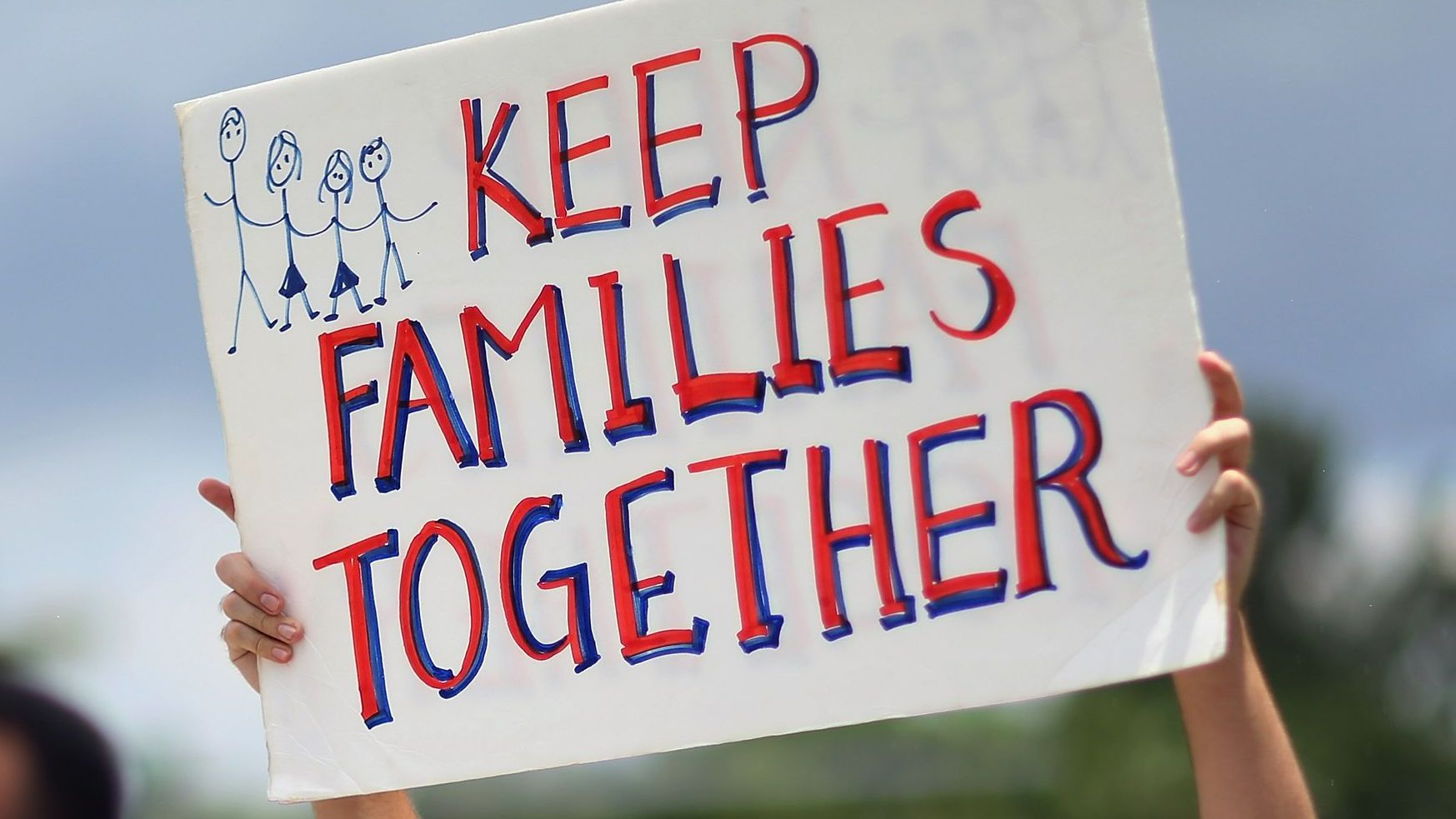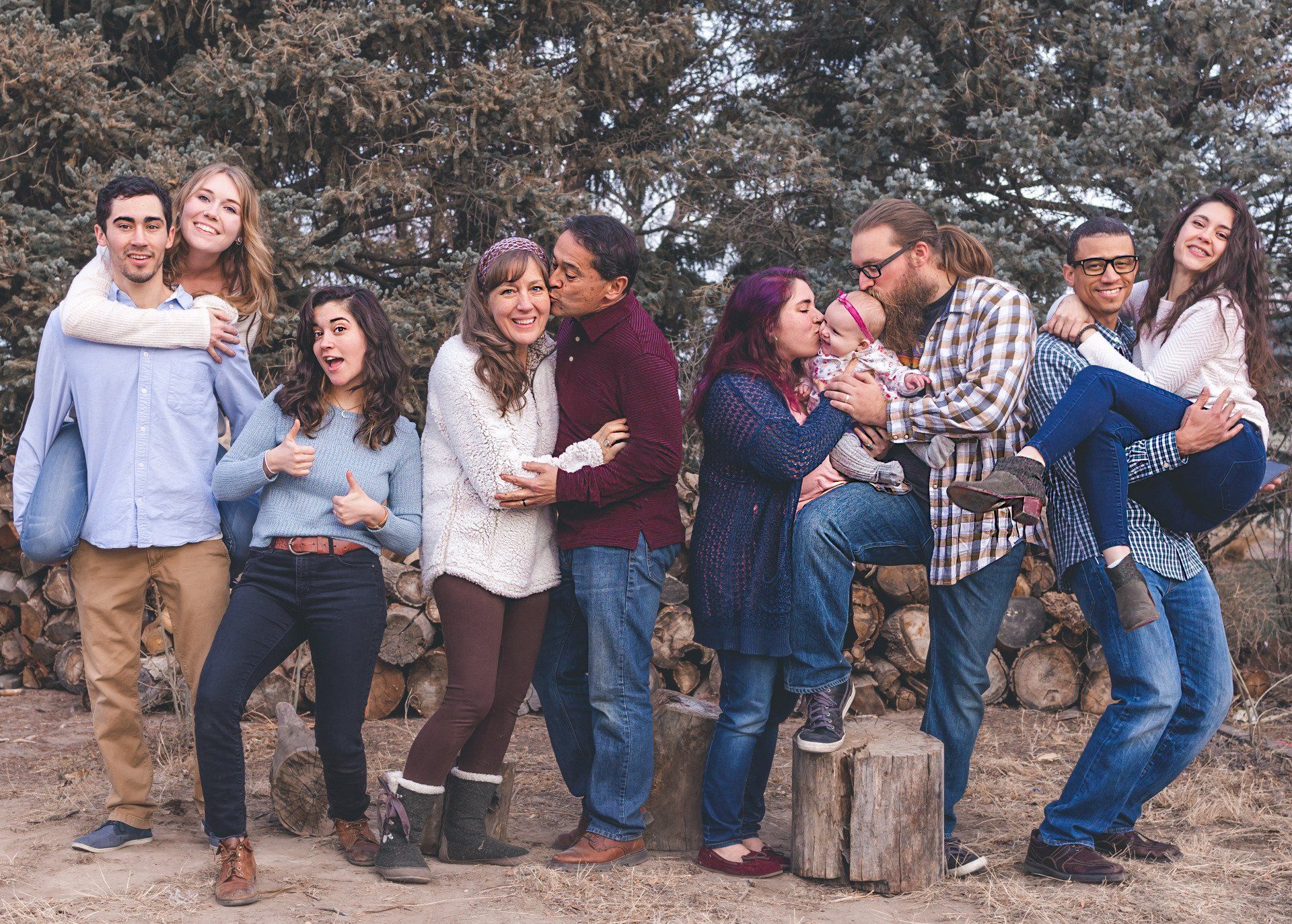¿Qué es el permiso “Parole in Place”?
Denice Flores • October 6, 2023
Click here to read this article in English
El Servicio de Ciudadanía e Inmigración de EE.UU. (USCIS) puede conceder el permiso “Parole in Place” a las familias de militares. Esto es lo que debe saber sobre este permiso.
Los EE.UU. pueden conceder el permiso “Parole in Place” en el lugar por razones humanitarias urgentes o de beneficio público significativo. INA 212(d)(5)(A).
El permiso “Parole in Place” se creó para beneficiar a las familias de militares con familiares indocumentados en Estados Unidos. La libertad condicional está destinada a los miembros del servicio militar o a su cónyuge, viuda, padre o madre, hijo o hija. El miembro del servicio debe ser un miembro en servicio activo de las fuerzas armadas de EE.UU., en la reserva seleccionada de la reserva lista, o el miembro del servicio (vivo o fallecido) debe haber servido previamente en servicio activo o en la reserva seleccionada de la reserva lista y debe haber sido dado de baja con honores.
Un factor muy importante a tener en cuenta a la hora de determinar si el individuo reúne o no los requisitos para el permiso “Parole in Place”, es que el individuo debe estar presente en Estados Unidos sin haber sido admitido en el país.
Esto significa que el individuo debe haber entrado ilegalmente en Estados Unidos. Si, por ejemplo, el individuo fue admitido en Estados Unidos con un visado pero el visado y el estatus legal caducaron más tarde, y el individuo sigue en Estados Unidos, el individuo no reúne los requisitos para el permiso “Parole in Place” porque entró legalmente y fue admitido en Estados Unidos.
Si la persona es elegible sobre la base de los requisitos anteriores, las siguientes pruebas documentales deben ser presentadas a USCIS, con la solicitud del permiso “Parole in Place”:
- Pruebas de la relación familiar, tales como: certificado de matrimonio, documentación de la terminación de un matrimonio anterior, certificado de nacimiento del hijo o hija, certificado de nacimiento del miembro actual o antiguo del servicio con el nombre de los padres; o prueba de inscripción en el Sistema de Informes de Elegibilidad de Inscripción de la Defensa (DEERS);
- Prueba de que el familiar es miembro actual o antiguo de las fuerzas armadas de EE.UU;
- Los padres de miembros actuales y antiguos de las fuerzas armadas de EE.UU. deben aportar pruebas de que el miembro actual o antiguo del servicio apoya la solicitud del permiso “Parole in Place”;
- Pruebas de cualquier factor discrecional favorable adicional que el individuo desee que USCIS considere. La evidencia debe mostrar USCIS la razón humanitaria urgente para la solicitud o el beneficio público significativo de la concesión del permiso “Parole in Place”, y
- Dos fotografías idénticas, tipo pasaporte en color, de la persona que solicita el permiso “Parole in Place”.
Si USCIS aprueba la solicitud del permiso “Parole in Place”, la persona queda protegida de la deportación y también puede optar a la autorización de empleo. La aprobación del permiso “Parole in Place” autoriza a la persona a permanecer en EE.UU. durante un año. La persona recibe un documento I-94 como prueba de la libertad condicional y el I-94 es prueba de una entrada legal a efectos de otros posibles alivios de inmigración.
Tenga en cuenta que el permiso “Parole in Place” no es lo mismo que la acción diferida. La acción diferida tiene diferentes requisitos de elegibilidad. Si usted está buscando hablar con un abogado acerca de la acción diferida, nuestra Firma también le puede ayudar.
Si usted tiene alguna pregunta acerca del permiso “Parole in Place” y otras formas potenciales de exención después de que se le haya otorgado el permiso “Parole in Place”, como el ajuste de estatus, por favor programe una consulta con uno de nuestros abogados expertos y estaremos más que encantados de ayudarle.
Este blog no pretende ser asesoramiento jurídico y nada de lo aquí expuesto debe interpretarse como el establecimiento de una relación abogado-cliente. Por favor, programe una consulta con un abogado de inmigración antes de actuar sobre cualquier información leída aquí.
Denice Flores
Similar Posts

On August 26, 2024 , the United States District Court for the Eastern District of Texas, in Texas v. Department of Homeland Security , Case Number 24-cv-306 administratively stayed the Department of Homeland Security from granting parole in place under Keeping Families Together for 14 days. In Texas v. DHS , the State of Texas and several other plaintiffs argue that the DHS has implemented policies that they believe violate federal immigration laws. Specifically, they claim that DHS's guidelines on immigration enforcement and deportation procedures are too lenient and do not align with statutory requirements. The plaintiffs argue that these policies undermine state sovereignty and contribute to increased illegal immigration, which they believe has negative repercussions for public safety and resources. During the 14 days, USCIS will not grant any pending parole in place application under Keeping Families Together ; USCIS will continue to accept applications for parole in place for certain noncitizen spouses and stepchildren of U.S. Citizens, and will continue to schedule biometric appointments and capture biometrics for applicants. Note, that the district court’s administrative stay order does not affect any applications that were approved before the administrative stay order was issued on August 26, 2024. As of now, the program is on hold for 14 days, but that hold could be extended while the court considers arguments in the case. If you have any questions or concerns, contact our office to schedule a consultation with our experienced immigration attorneys.

On June 18, 2024, President Biden announced a series of immigration actions using the authority granted to him by our existing immigration laws. These actions will help certain undocumented individuals in the United States, including: Spouses and children of U.S. citizens who have been living in the United States for at least 10 years. You may be eligible to apply for your green card without leaving the United States, if, as of June 17, 2024: ○ You are in the United States after entering without permission; ○ You have lived in the United States for at least 10 years and have never left; ○ You are legally married to a U.S. citizen or have a qualifying stepchild relationship with a U.S. citizen; and ○ You do not have certain criminal history or pose a threat to national security or public safety. If you meet these criteria, the government MAY grant you parole-in-place. Parole would be granted for a one-time period of three years. You may also be eligible for employment authorization for up to three years. If you are granted parole y ou may apply for your green card within three years of approval. Eligibility is determined on a case-by-case basis. College-educated DACA recipients and Dreamers who are qualified for nonimmigrant status, such as an H-1B specialty occupation visa. You may be eligible to apply for a temporary visa more easily, if: ○ You have a degree from an accredited U.S. institution of higher education; and ○ You have an offer of employment from a U.S. employer in a field related to your degree. Please note that these programs have NOT YET begun. Details on how to apply are expected to be released by the end of the summer through a Federal Register notice. This means: You cannot submit an application at this time. An early-filed application will be rejected . You should not pay anyone a fee associated with filing an application at this time. Be patient and take the time to find the right help. The wrong advice could harm your chances of staying in the United States, getting lawful status, or becoming a U.S. citizen. Don't be fooled by notarios and other consultants who promise immediate results or special solutions in order to steal your money. Many unscrupulous individuals will cost more than licensed attorneys! If you are unsure if someone is qualified to help, ask for proof of their credentials and retain a copy of that evidence. This program could also be legally challenged, which could impact its implementation. This makes it even more important to have a qualified, knowledgeable attorney. USE AILA’s Find an Immigration Lawyer Search, ailalawyer.org , to find a licensed immigration attorney in good standing. Or find an accredited representative at: https://www.justice.gov/eoir/find-legal-representation . FONT: https://www.aila.org/library/information-and-guidance-on-new-actions-to-promote-family-unity

Once you have connected with a college program, have been admitted to the school, and deemed eligible to compete athletically, you will need to secure an F-1 student visa in order to actually attend your new college and begin your time as a student athlete. The first step in the visa process is to receive your Form I-2

For many talented athletes around the world, U.S. college athletics represent a remarkable opportunity to combine elite athletic competition with higher education. In sports such as basketball, soccer, track and field, and tennis, among others, hundreds of colleges and universities across the United States offer struct

Under the new regulation, if a person filed or files Form I-589, Application for Asylum and for Withholding of Removal after October 1, 2024, and the application remains pending with USCIS for 365 days, the applicant must pay an Annual Asylum Fee (AAF) on the one-year anniversary of his or her filing date.



